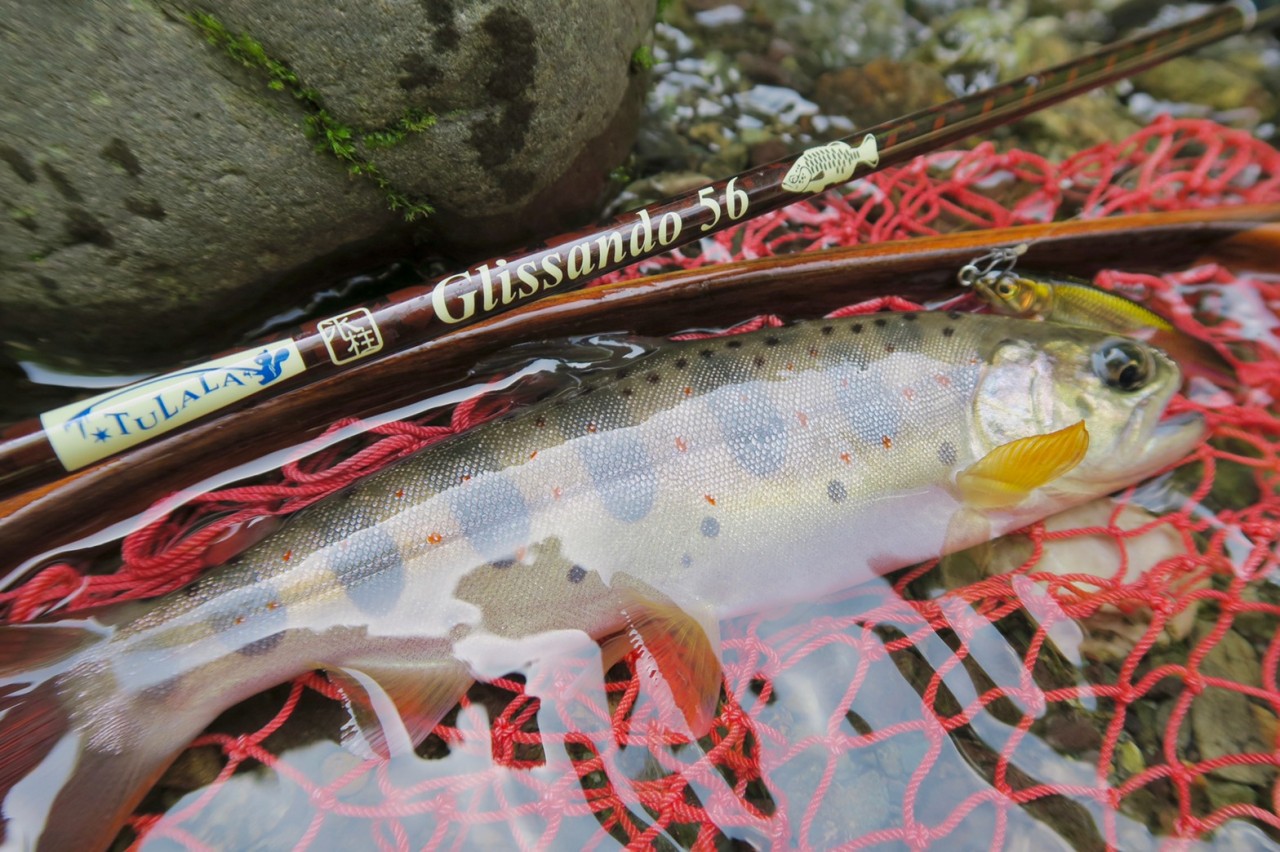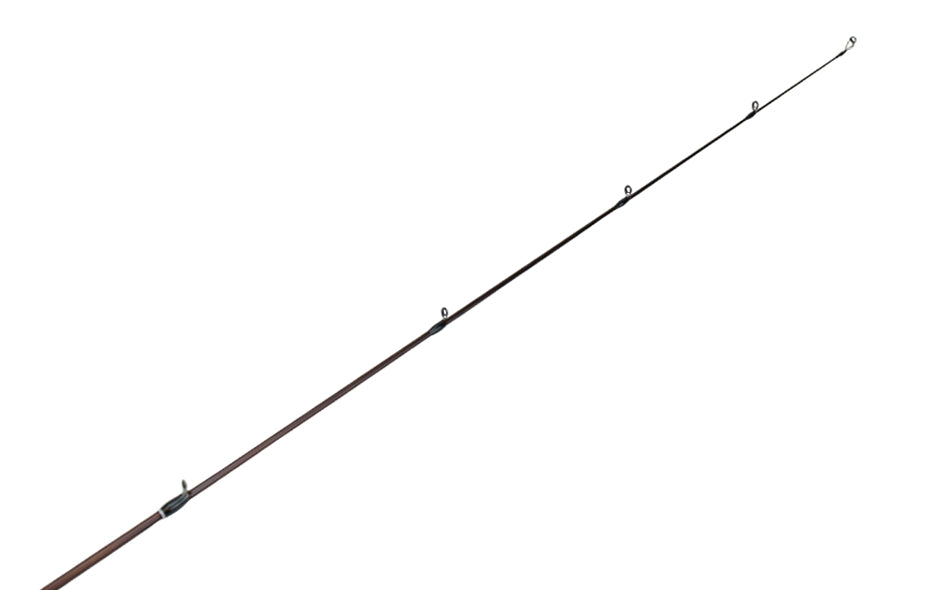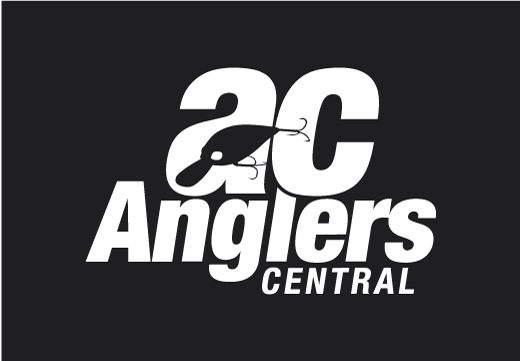TULALA
Glissando 56 GS56
Glissando 56 GS56
Out of stock
Couldn't load pickup availability
| Model | Glissando 56 |
|---|---|
| Code | GS56 |
| Action | F. |
| Length (ft) | 5'6" |
| Folded length (cm) | 140 |
| Rear Grip Length (cm) | 15 |
| Rod Wt. (g) | 120 |
| Mono Line (lb ,MAX) | 6 |
| PE (# ,MAX) | 0.8 |
| Cast Wt. (g) | 0.8-10 |
Big fish with small lures.
This is the lightest model in the irregular trilogy 73, 66, 56 with this concept in glissando.

Aggressive UL rod that shoots gaps in mangroves and does not turn back on fish
>Sharp leading edge + versatility. The GS56, which looks delicate like a mountain stream rod, is positioned as the most finesse UL rod in the series, capable of manipulating lures weighing less than 1g.
You will be able to operate a fluffy and small lure and have the perfect thinness for a rod that targets small fish.
However, the GS56 was born from a slightly different concept.
Once you hold it in your hand, you can intuitively understand that this rod is not just a rod aimed at small objects.
Only the tip is as flexible as it looks
The tip has a soft UL touch just like the image of rods for aging, area trout, and upstream rods.
Even if the lure choice is light, small, and the line is thin and flexible, it is easy to grasp the operation feeling. For this reason, it is possible to operate finesse lures with air resistance such as small lures that cannot be handled with baits and zero sinker jig heads.

A seemingly meaningless torso armor
However, if you turn smoothly about 30 centimeters from the tip of the rod, it will soon be that? I have a question. The tension is strong.
I can't see the meaning of having a hard torso that doesn't bend so far.
Furthermore, it is reinforced at hand, and it is exactly armor.
The main reason for having this armor-like bat originally is the characteristics of the fish such as mangroves and coral reefs that are the stage of this rod.
First of all, there are many types with a hard mouth, and it has the characteristic of burrowing into the roots.
If the line is a bait tackle on top of the rod, these two characteristics can be handled with a regular taper, but when it comes to spinning a light line that operates a smaller lure, it is necessary to bend these two aspects. You can not.
Both hooking and burrowing are instantaneous events, and there is no time to wait for the human brain to decide.
You can quickly hook the rod just by repositioning the rod, and even for a short period of time immediately after hooking it, you will not be able to turn your back or straight down.
If it is possible to achieve these by simply standing up the rod, the probability of diving into corals and breaking lines will change greatly.
Demerit
The disadvantage is the small fish barashi. For small fish with no weight or water resistance to hooking input, it is difficult to stab the hook to a certain degree. In the case of a yamame trout less than 20 cm long with a thin hook, most of the trout can only reach Kaeshi within the range where the tip bends.
If you try to hook with the bend at the base side, it may indeed stick, but the fish will jump out of the water immediately.
Therefore, a water depth of nearly 1m is required to efficiently hook small and thin fish with the GS56.
On the other hand, when fishing for the bottom of a channel with deep water, if the alignment is a little stronger, it can be said that it is a rod that makes lure operation much easier, so even small fish can be efficiently targeted.
Also, even if the weight is small, there is water resistance for flat-body fish such as plated and flounder, and the image of dropping the hook is reduced.
*Regular finesse rods such as Portamento 170 are recommended when fishing small fish to target rare fish.
Recommended line
Around Fluoro 4Lb (No. 1) is the standard.
The lure weight is also designed assuming the lure size that can be handled with this line.
Share






















